ASUS MS238H Review - Slim and Affordable
by Brian Klug on December 24, 2010 1:47 AM ESTFirst Impressions
Let's start with initial setup. ASUS provides some classy packaging for the MS238H which carries labeling and a photo of the display on the front. It's interesting how everyone does different things with packaging for displays - some include lots of adornments, others like Dell just pack the display in a plain grey box.
In the box also are the usual quick start and warranty papers, D-Sub cable, external power supply (the MS238H doesn't have an internal power supply), and a DVI to HDMI cable.
The first thing that struck me about the display was that the material is a dark blue color with metallic flecks suspended inside. In the harsh, intense fluorescent white light inside the lightbox, it seems overpowering. On the desk or in an average lit office, the material looks a much more understated uniform black color.
On the back you get HDMI, D-SUB (VGA), DC-in, and 3.5mm ports. They're all clustered in the same general area on the bottom right, along with a Kensington lock port.
Where things get interesting is how the MS238H stands upright. There's a circular plastic piece which screws into the rear of the display, onto which clips another clear plastic piece. The ring connects to the display with a screw, and swivels around while the clear piece sits coplanar with the table.
Pushing on the display thus lets you tilt it back and forth, but only by about 10 degrees - it's a pretty limited range of motion, but surprisingly sufficient.
Attaching the ring to the display is initially a bit confusing just because it isn't something I've seen before. There's a plastic guard on the display which covers the mounting point. Before you can install the ring, the plastic cover must be removed, which basically involves prying it off out of plastic snaps. I was sure I was going to break something going at it this way, but that's the way it's done. Next you have to clip the white brace on the ring and get it squared off, but that isn't a challenge.
The tradeoff for such a simple mount is that you lose height adjustment, swivel, and get no VESA mount, but the upshot is that there's really only one piece to transport around. I did notice that the display can creep backwards and tilt into its home position, but only on extremely smooth surfaces.
It would've been nice to see some rubberized material on the bottom of that clear plastic clip which actually contacts the surface the display rests on, because it did slide over time into the most reclined position on all my glass desks.
The front of the MS238H isn't too surprising - there are 5 capacitive OSD control buttons and a capacitive power button off to the right. At far left is ASUS branding, above it is an HDMI logo. The display ships with lots of feature stickers that are easily removed, not the paper kind which leaves a huge mess. The OSD capacitive buttons lack no other markings to belie their presence but white dots. However, touching the buttons illuminates the button and reveals its purpose. The only indicator that's always on is the power symbol in its capacitive depression.
The display panel on the MS238H is matte (thankfully), however the plastic all over the monitor is a high gloss sheen. It seems like a strange choice to forego the increasingly-obligatory glossy panel but slap a glossy plastic surface on the bezel and backside. The result is that dust which bothered me most often wasn't on the surface of the display itself but rather the surrounding plastic, especially on the front bezel which shows it all the time. It's also easy to see fingerprints after you've used the OSD buttons under the right illumination. Honestly the bezel and backside seem to love static charge and attract dust unless you wipe with the right type of cloth - speaking of which, why don't LCD displays come with micro fiber cloths?
In spite of that however, the MS238H's industrial design is definitely striking and on the attractive side of the spectrum. The metallic appearance isn't tacky or gauche, and the display itself is certainly one of the thinnest and requires little surrounding surface area.




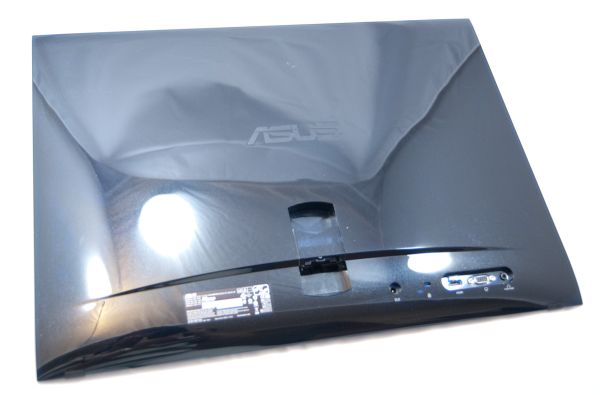
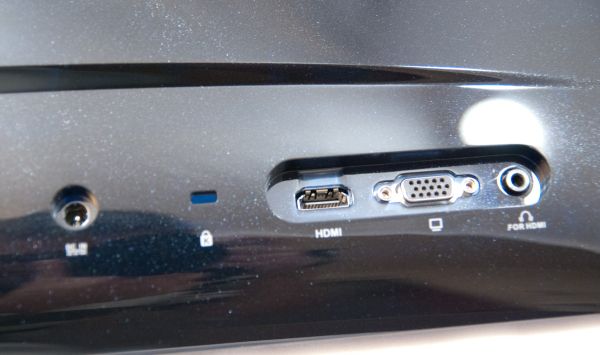
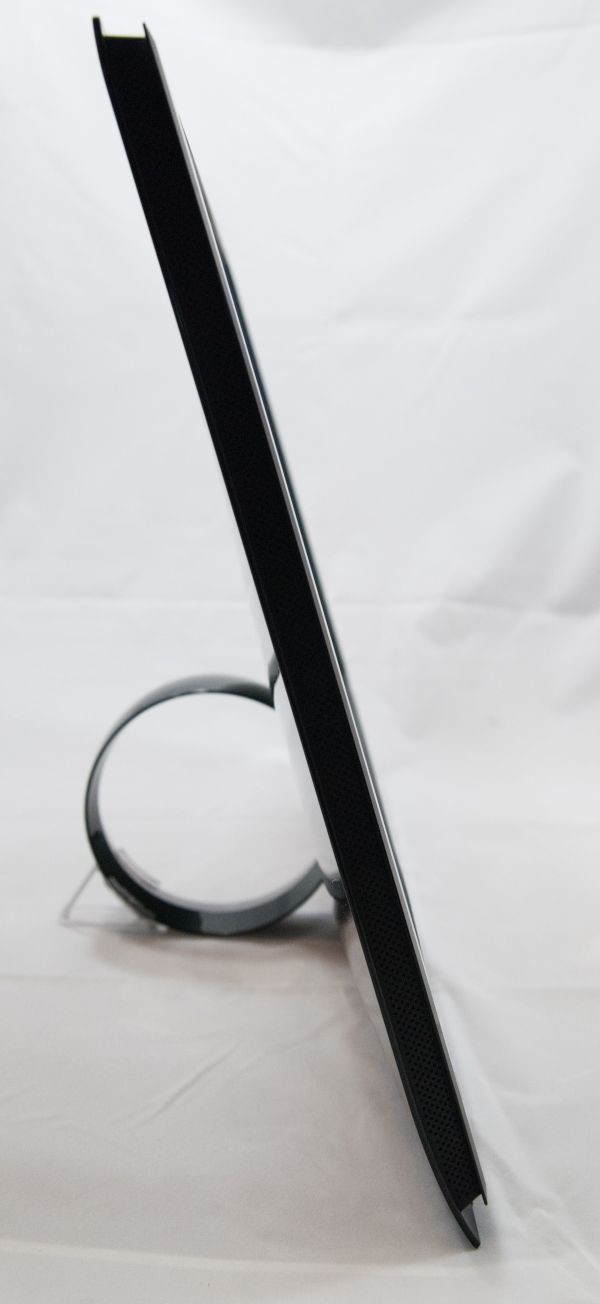
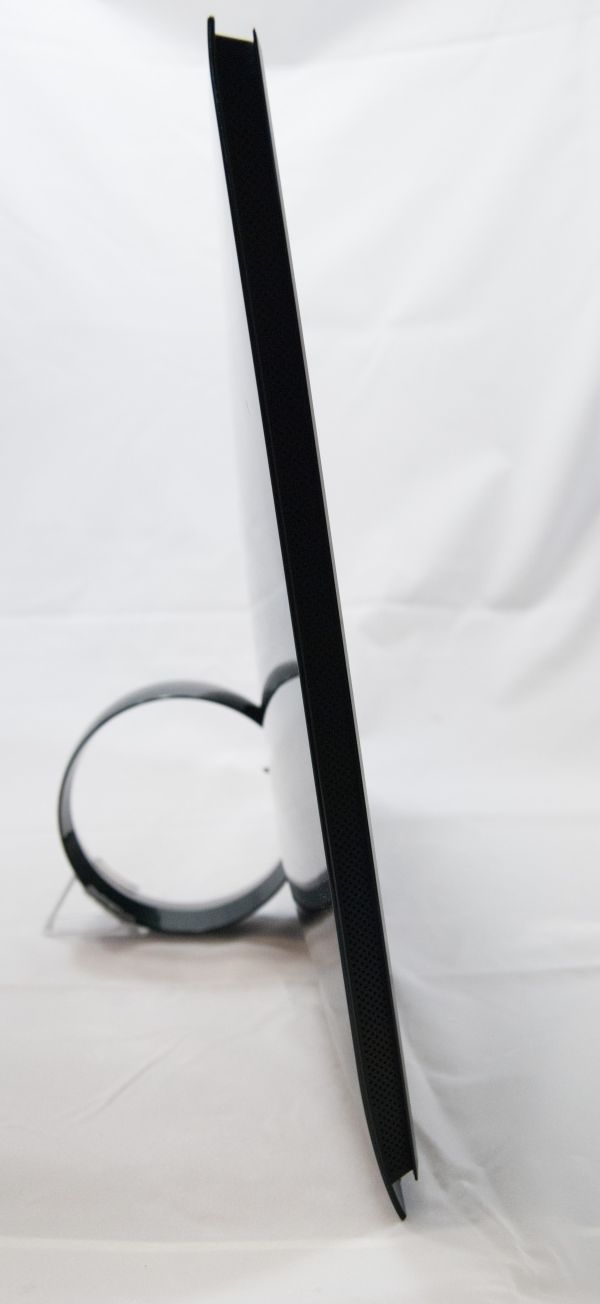

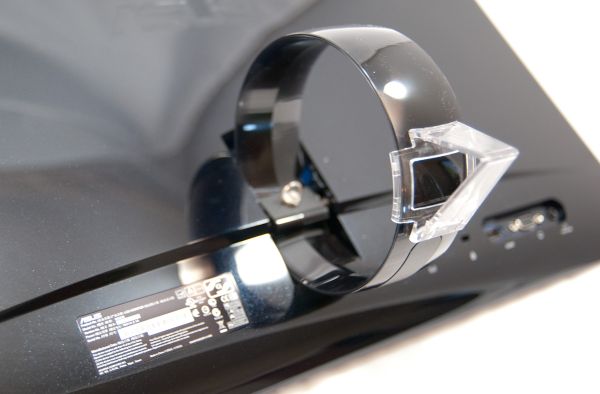
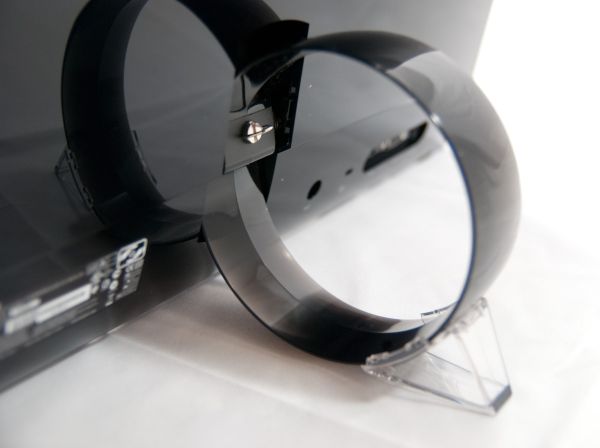
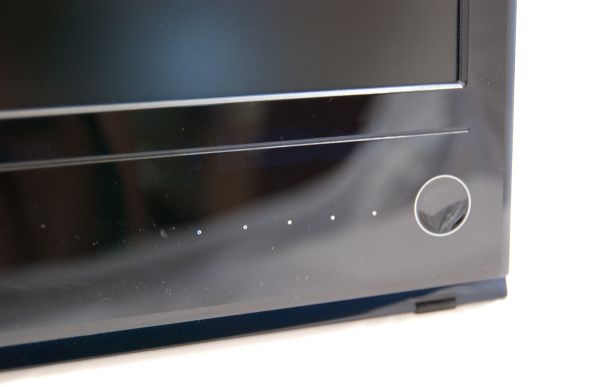


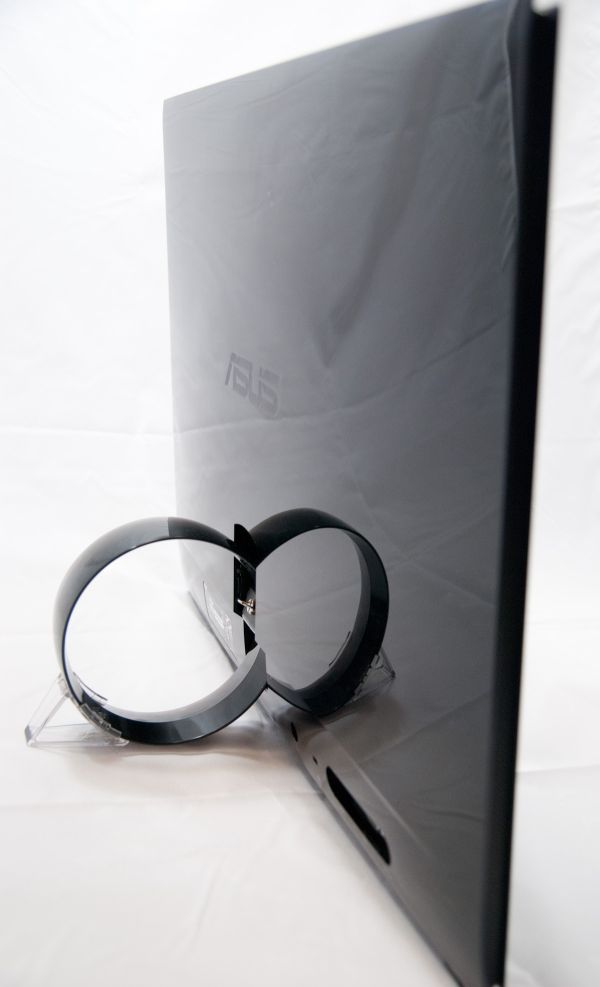








38 Comments
View All Comments
StrangerGuy - Friday, December 24, 2010 - link
Would I even bother with any TN when I can get $190 IPS Dell U2211H?sprockkets - Saturday, December 25, 2010 - link
Because it costs $240 and isn't LED backlit???Solidstate89 - Sunday, December 26, 2010 - link
Why would you want an LED backlit IPS monitor?You can go look at Anand's review of the Apple monitor. It's one of, if not the only IPS monitor that uses LED for backlighting and it sucks compared to something like a Dell Ultrasharp or HP's IPS monitors.
MrCoyote - Sunday, December 26, 2010 - link
What is needed is local-dimming LED with IPS panel. Where there independent groups of LED's that can be turned on and off. That is the only way to get consistent black level and higher contrast ratio.There is also the NEC 23" IPS EA231WMi which is a CCFL IPS panel that has got just as good of reviews as the other brands. NEC is about to release an LED backlit version "EA232WMi".
Stimpy88 - Friday, December 24, 2010 - link
I just dont get why this TN pannel crap is all there is these days. I have a lovely HP 24" monitor, but I am DESPERATE to upgrade to either another 24" or even better, a 26" one.I want it to be IPS, 120Hz, wide colour gamut, a good responce time, Displayport and HDMI/DVI inputs, and dont care if its 1mm thick or 100mm, or how pretty the case that it comes in looks.
But this simply does not exist! I have money, don't any manufactures want it?
FATCamaro - Friday, December 24, 2010 - link
This. Want a 120 Hz IPS or high end TN similar screen.solgae1784 - Friday, December 24, 2010 - link
Not sure if it's still true to this day, but I thought the input lag for IPS panels was worse compared to TN panels, which makes the IPS panels not very well suited for FPS and fighting games where gamers demand near-precise response time since even a 1-2 frame lag (~16.67ms on 60 frames) can make a difference between successful attacks and failed attacks (e.g. Tekken), or viewing high-motion contents. Today's panels might have improved on this.Sabresiberian - Friday, December 24, 2010 - link
IPS panels have come a long way and can be quite playable even by picky gamer standards, in terms of response time. It used to be a serious consideration, and one must still pay attention - I doubt any budget level IPS screen is going to have a decently low response time.Other facts are also worth considering - not all IPS screens are better than all TNs, and TNs are far better than they used to be in terms of color reproduction (their main weak point). Just jumping on to a cheap IPS because it is an IPS just doesn't make sense, especially if cost is a major factor.
1920x1080 is below my standards, as is .265 mm pixel pitch. That pixel pitch gives me the visual sense that I'm looking through a very fine mesh screen door.
;)
nwrigley - Friday, December 24, 2010 - link
"I want it to be IPS, 120Hz, wide colour gamut, a good responce time, Displayport and HDMI/DVI inputs, and dont care if its 1mm thick or 100mm, or how pretty the case that it comes in looks."I couldn't agree more.
I've had the same 21" Samsung 215TW for 5+ years now simply because nothing significantly better has come out. If anything, with more and more TN panels, 16:9 ratio, and shiny coatings things have gotten worse.
Back when I bought my current monitor I thought I'd be replacing it with an SED or OLED panel by now, but obviously that hasn't happened. I guess companies realized that they can roll out cheap monitors with shiny paint and a "1080p!" sticker and people will buy it, so why bother making better products?
Blipton - Friday, December 24, 2010 - link
LCD power draw figures for Dell U2711 don't make any sense at all.